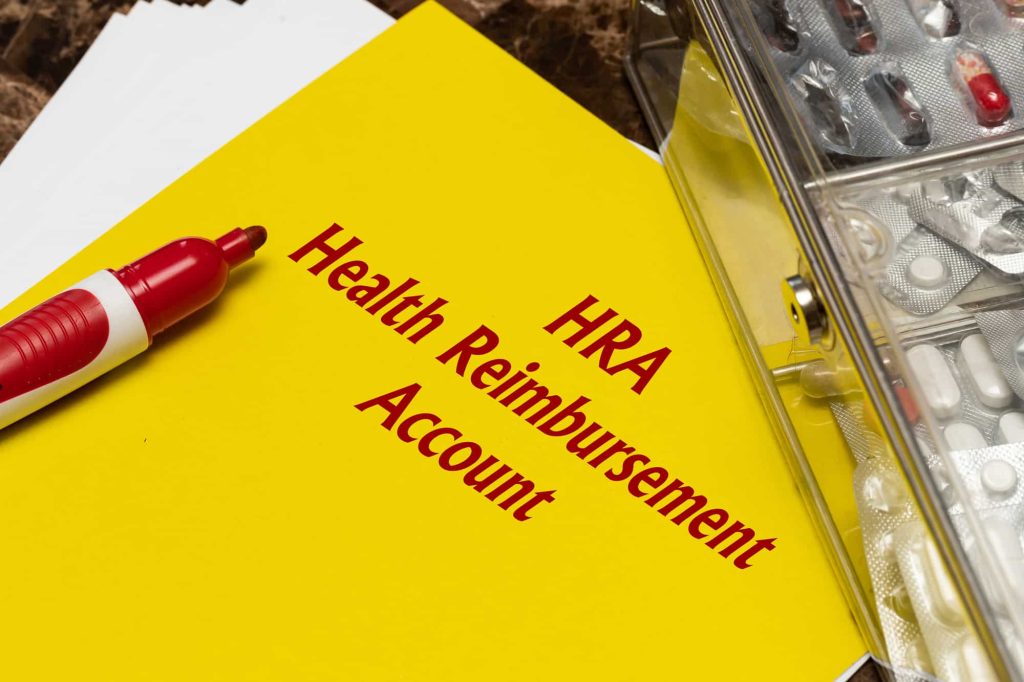
A recent column discussed Health Savings Accounts (HSAs). There are several requirements for a federal employee or retiree to contribute to an HSA, the most important of which is being enrolled in a High Deductible Health Plan (HDHP). The Federal Employees Health Benefits (FEHB) program offers several health plans that meet the IRS definition of an HDHP. But there are some employees and retirees who, while they are enrolled in an HDHP, do not meet some of the other requirements to contribute to an HSA. In that case, the FEHB program will provide these employees with a Health Reimbursement Account (HRA).
This column discusses what an HRA is and how federal employees who have access to an HRA can utilize it.
SEE ALSO:
An HRA is an employer-funded tax-sheltered account that is used to reimburse allowable medical expenses incurred by the HDHP enrollee and eligible family members. Federal employees and retirees enrolled in an HDHP in the FEHB program who are not eligible to contribute to an HSA will be automatically enrolled in an HRA. There is no additional paperwork needed by the employee for enrollment into the HRA. The following example illustrates:
Steve, a federal employee aged 65, has been enrolled in an FEHB program HDHP since 2018. During the past six years, Steve has contributed to his HSA associated with his HDHP. Steve enrolled in Medicare Part A when he became age 65 in October 2024. An HSA owner who enrolls in Medicare is no longer eligible to contribute to his or her HSA.
Features of an HRA
The following are features of an HRA:
- Tax-free withdrawals to pay qualified medical expenses;
- Carryover of unused HRA “credits” without limit from year to year and into retirement; and
- Administration the employee’s HRA is performed by the employee’s HDHP health plan.
How An FEHB HDHP Plan Works With An HRA
The following steps explain how an FEHB program HDHP works with an HRA:
Step 1. A federal employee is enrolled or enrolls in an HDHP in the FEHB program.
Step 2. The employee’s FEHB program HDHP establishes an HRA for the employee. Each HDHP has more information on how this step works.
Step 3. The employee’s or retiree’s HDHP will credit a portion of the HDHP premium to the HRA at the beginning of each calendar year. Note that the credit amount for either a Self Only enrollment or a Self Plus One/Self and Family enrollment is the same dollar amount that is deposited (called the “premium pass-through”) into an HSA (for employees eligible to contribute to HSAs in the same FEHB program HDHP).
Step 4. When an employee or a family member enrolled in the HDHP associated with an HRA needs preventive health care (includes periodic health evaluations, routine prenatal and well-children visits, and screening services), the employee’s HDHP will provide it without cost to the employee. Preventive care is subject to any limits outlined in the HDHP’s brochure.
Step 5. The employee uses funds in the HRA to help pay the HDHP deductible when non-preventive care is needed. For those federal retirees enrolled in Medicare Part B and Medicare Part D, withdrawals from the HRA can also be used to reimburse Medicare Part B and Medicare Part D monthly premiums.
Step 6. If an employee or retiree reaches the HDHP’s catastrophic limit, then the HDHP will pay for 100 percent of the needed care with the HDHP participant owing no co-payment or co-insurance. With most HDHP plans, this assumes that the needed care is provided by in-network providers.
Differences Between HRA vs. HSA
The following table presents the differences between an HRA and an HSA, both associated with enrollment in an HDHP that is available to employees in the FEHB program:

Summary
In general, an HRA is an arrangement set up by which an employer (the sponsor of a group health insurance plan, in this case, the federal government through the FEHB program) helps pay the medical expenses of its employees and retirees. The employee’s FEHB program HDHP plan decides how much money it will put into the HRA on behalf of the employee, and the employee can request reimbursement for actual medical expenses incurred up to that amount.
An HRA is not a medical-oriented savings account. This means that employees and retirees cannot withdraw funds in advance and then use them to pay qualifying medical expenses. Instead, they must incur the expense first and then get reimbursed by the HRA for the amount they spent.
An employee or a retiree who uses up all the allocated funds in the HRA before year-end will have to pay any subsequent health bills out-of-pocket or, if enrolled in an HCFSA, with the funds in the HCFSA. If an employee or a retiree has any remaining funds in an HSA that the employee previously was able to fund but can no longer contribute to, then the employee or retiree can withdraw from the HSA to pay those qualified medical expenses as well.
Limitations of HRAs
An HRA reimburses only qualified medical expenses. According to the IRS, medical expenses are expenses incurred to alleviate or prevent a physical or mental ailment, not expenses to maintain general health such as vitamins.
The HRA cannot be used to reimburse for medical expenses that are not deemed necessary such as teeth whitening, funeral services or non-prescription medications. The HRA is set up by the HDHP who decides how much money goes into the HRA. For non-preventive care, an HRA participant cannot withdraw funds first and then pay qualifying medical expenses. The HRA participant must pay the expenses first and then wait to get reimbursed.
HRA Versus HCFSA Versus HSA Comparison
The following table presents a comparison of an HRA, a health care flexible spending account (HCFSA) and an HSA:


